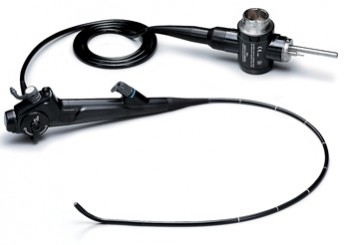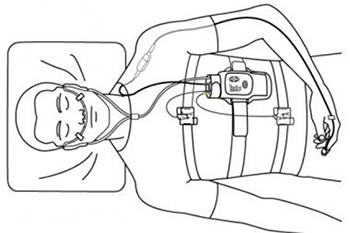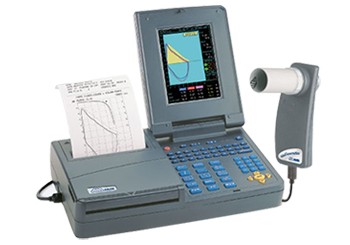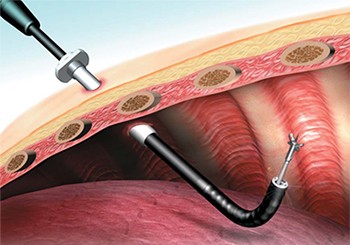Author: chestsleep admin
Whats New
Vaccination
Immunizations
Immunization (vaccination) is a way to trigger your immune system and prevent serious, life-threatening diseases. Immunization exposes you to a very small, very safe amount of the most important diseases you are likely to encounter at some point in your life.
This mild exposure helps your immune system recognize and attack the disease efficiently. If you are exposed to the full-blown disease later in life, you will either not become infected or have a much less serious infection....
More
Smoking
Smoking when you have a lung condition
If you are living with a lung condition but continue to smoke, you are not alone. A large number of people living with a lung condition continue to smoke because they do not want to quit or have found it hard to do so.
It is never too late to give up smoking, even if you have been diagnosed with a lung condition. Many studies have shown that quitting smoking is highly beneficial for people with a lung condition, and that giving up can really help differ...
More
Inhalers
Inhalers deliver medicine you need straight to your lungs. It goes without saying then, that they're used for conditions which affect your lungs, of which by far the most common are asthma and chronic obstructive pulmonary disease (COPD). Because the medicine goes straight to where it's needed, you only need tiny amounts compared to the dose you'd need to take of the same medicine in tablet form. That means fewer side effects and more effective treatment - as long as you take them properly.
A...
More
Pulmonary Rehabilitation
Pulmonary rehabilitation is a multi-disciplinary approach involving a Pulmonologist, a physiotherapist, a dietician and a psychologist.
It is a rehabilitation programme for patients with chronic respiratory diseases with moderate to severe respiratory impairment.
A rehabilitation programme is individually tailored for every patient keeping is disease severity and his needs in mind.
What will you learn in Pulmonary Rehabilitation?
The education part of the program happens both in a clas...
More
Ltot
LTOT reverses hypoxaemia and prevents hypoxia, and has been shown to improve life expectancy in patients with chronic lung disease.
A British Medical Research Council (MRC) study compared hypoxaemic patients receiving oxygen for 15 h•day-1, including the hours of sleep, with patients receiving no oxygen. This trial demonstrated that oxygen was associated with a significant reduction in mortality. The Nocturnal Oxygen Therapy Trial (NOTT), comparing continuous oxygen therapy (average 19 h•day-1)...
More
Tobacco Smoking
Smoking tobacco cigarettes is the main cause of many lung diseases. Tobacco smoke contains more than 4,000 chemicals, many of which are toxic and can cause cancer.
The World Health Organization (WHO) defines smoking as a disorder or disease. This is because people can become physically dependent on nicotine found within cigarettes in addition to the behavioural, psychological and social aspects of smoking.
According to the European Commission’s Eurobarometer survey carried out in 2012, 24% of...
More
Passive Smoking
Passive smoking, also known as second-hand smoke or environmental tobacco smoke, is when a person breathes in toxic fumes that have remained in the air or surrounding objects after a cigarette has been smoked. It also refers to exposure of unborn babies to their mother’s smoke.
There are three types of passive smoke :
Mainstream smoke : breathed in and breathed out by a smoker
Side-stream smoke : floating off the end of a lit cigarette
Third-hand smoke : smoke that has been absorbed into...
More
Outdoor Air Pollution
The term “air pollution” refers to harmful particles suspended in the air, or gases in the atmosphere, that can be breathed in. It is a mixture including particles, ozone, nitrogen oxides, volatile organic compounds and carbon monoxide. The mixture is different depending on location, season and sources of pollution in the area.
Air pollution comes from :
Human activity: including the burning of fuels in cars, trucks and aeroplanes, industrial activity, power plants and household heating and ...
More




